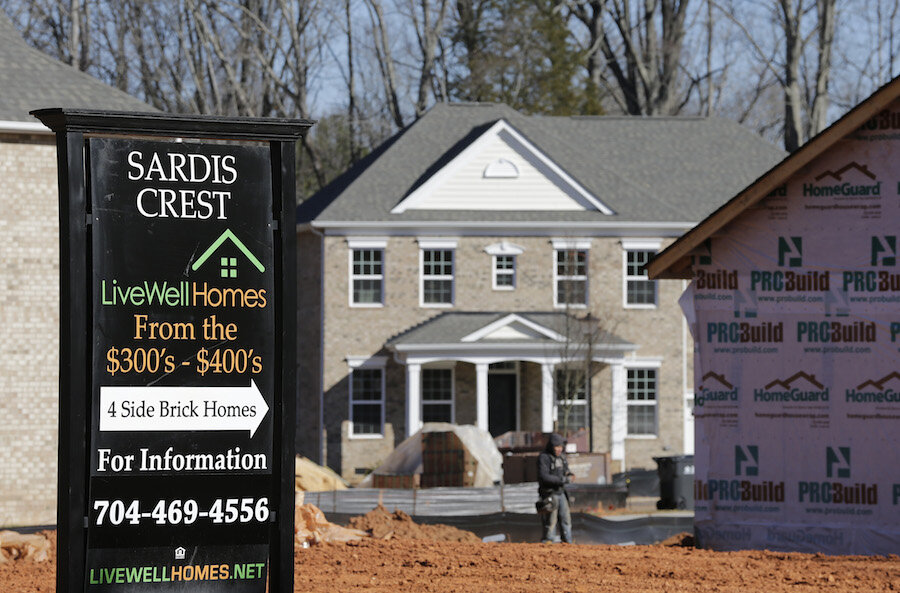Confidence slides, but US homebuilders still optimistic
Loading...
US. homebuilders say sales prospects and buyer traffic fell slightly this month.
The National Association of Home Builders/Wells Fargo builder sentiment index released Tuesday slipped to 55 in February from 57 in January.
Despite the decline, builders remain relatively optimistic a month before the start of the spring buying season. Readings above 50 indicate that more builders view sales conditions as positive rather than poor. Lower mortgage rates, coupled with job gains over the past year, point to stronger sales.
Builders' outlook for current sales conditions and prospective buyer traffic slipped in February, while the expected sales conditions over the next six months held steady.
The latest reading is consistent with the NAHB's forecast for the U.S. housing market to continue to improve at a gradual pace this year. Buyer traffic may have been blunted in February because of winter storms, the NAHB said.
"A pickup in prospective buyer activity in the Northeast was not enough to prevent the Midwest slowdown from dragging down the national average," Barclays Research economist Jesse Hurwitz wrote in an e-mailed analysis. "Commentary from the NAHB included in the release cited the harsh winter weather as a cause leading the decline in activity. Given the historical relationship between housing starts and the NAHB index, the February release suggests that growth in housing activity will remain modest in coming months."
After sluggish real estate sales for much of 2014, Americans snapped up newly built homes at a faster pace in December, a promising sign as warmer months tend to draw out buyers and sales begin to peak heading into summer.
Sales of new homes surged 11.6 percent in December to a seasonally adjusted annual rate of 481,000.
Only 435,000 new homes were bought last year, a modest 1.2 per cent improvement from 2013. That is well below a pace of roughly 700,000 new homes selling in the 1990s.
While home sales are slated to rise this year, economists doubt that they will return their historic pace as builders still seem chastened by the 2007 housing crash that triggered the worst recession in 80 years.
When builder sentiment was at similar levels in 2006, housing starts were 60 percent higher, said Joshua Shapiro, chief economist at MFR, a forecasting firm.
"There remains a big disconnect between what homebuilders are saying and what they are actually doing," Shapiro said.







